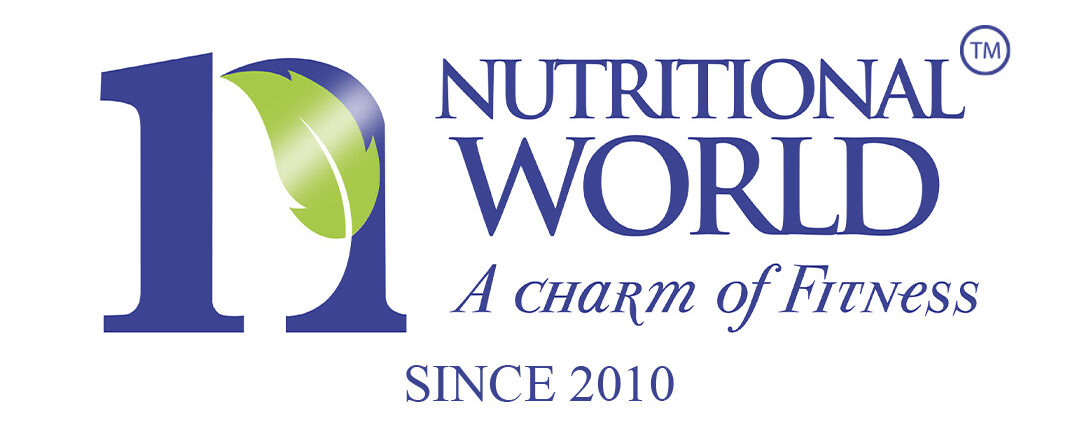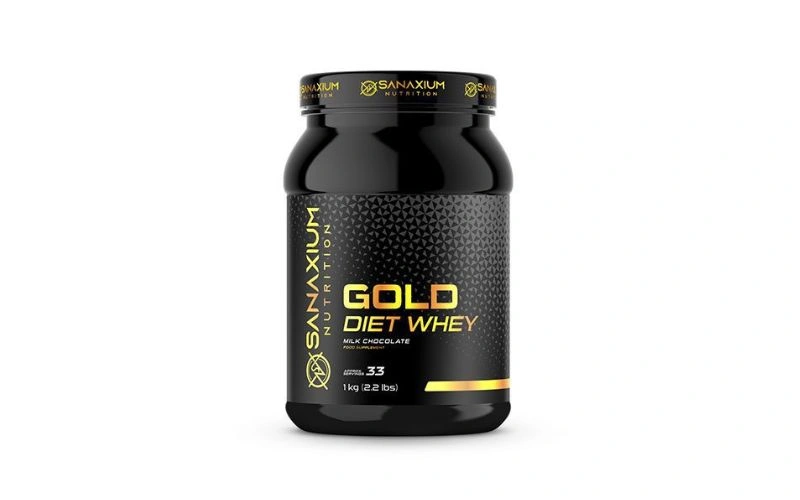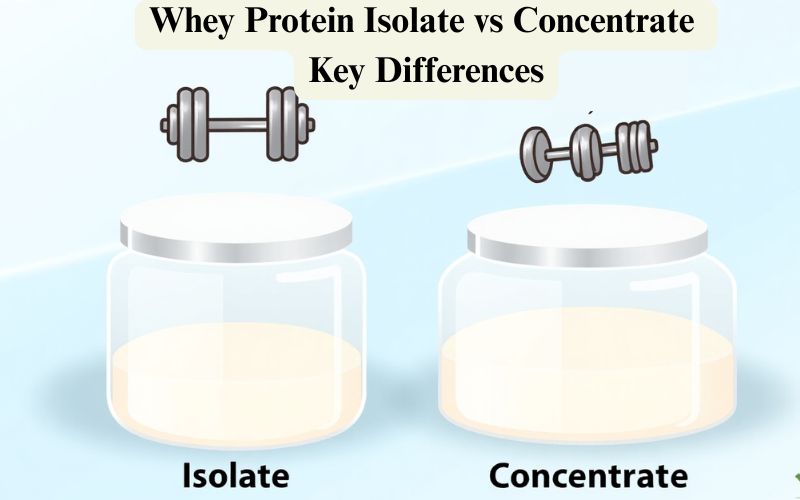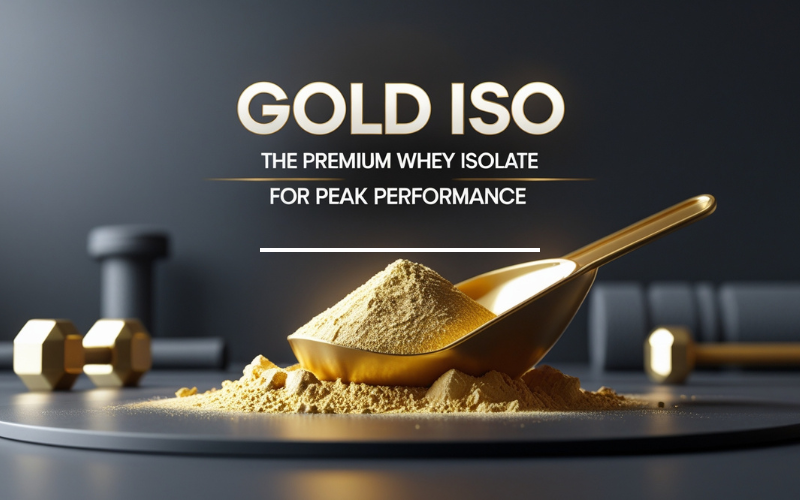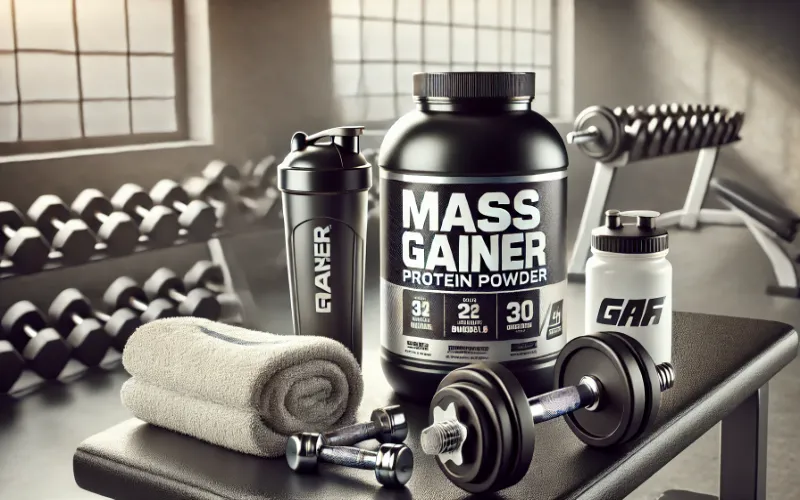Protein shakes have become a ubiquitous part of fitness and nutrition regimes, especially for those seeking to gain weight. These nutrient-dense beverages are not only convenient but also packed with essential macronutrients and micronutrients. For individuals struggling to meet their caloric needs through regular meals, protein shakes offer a viable solution.
Table of Contents
What is Whey Protein?
Whey protein is a high-quality, complete protein derived from milk during the cheese-making process. It contains all nine essential amino acids, making it especially effective for muscle repair and growth. Whey protein comes in three primary forms:
- Whey Concentrate: Contains 70–80% protein, with small amounts of fats and carbohydrates.
- Whey Isolate: Highly refined, with 90%+ protein and minimal lactose or fat—ideal for lactose-intolerant individuals.
- Whey Hydrolysate: Pre-digested for faster absorption and reduced allergen potential, suitable for sensitive digestive systems.
Benefits of Whey Protein Milkshakes
Whey protein milkshakes are not just convenient; they’re also one of the most efficient tools for supporting weight gain and muscle growth:
- Rapid Absorption: Whey protein digests quickly, making it perfect for post-workout recovery.
- High Biological Value (BV): Its superior amino acid profile ensures efficient protein utilization by the body.
- Versatility: Whey protein milkshakes can be customized easily with fruits, oats, or healthy fats for enhanced calorie content and flavor.
Benefits of Protein Shakes for Weight Gain
- The primary benefit of protein shakes for weight gain is their ability to deliver a concentrated dose of calories and protein in a single serving. This makes it easier to achieve the necessary caloric surplus required for weight gain.
- Protein shakes are rapidly digestible, ensuring that the body receives a quick influx of nutrients post-workout, which is crucial for muscle repair and growth.
- Another significant benefit is the convenience that protein shakes offer. For those with busy schedules or limited time to prepare multiple meals, these shakes provide a quick and efficient way to increase daily caloric intake. They can be easily prepared and consumed on the go, making them an ideal solution for individuals who struggle to meet their nutritional needs through traditional meals alone.
- Moreover, protein shakes can help improve overall dietary adherence, as they reduce the effort required to track and prepare complex meals.
- Protein shakes also play a crucial role in muscle hypertrophy and recovery. The high-quality protein content aids in the synthesis of muscle proteins, promoting muscle growth and strength. This is especially important for individuals engaging in resistance training, as the additional protein supports the repair of muscle fibers damaged during workouts.
The anabolic environment created by a protein-rich diet can help prevent muscle catabolism, ensuring that the gains made in the gym translate to actual muscle mass.
Nutritional Profile of Whey Protein Milkshakes
Here’s the nutritional breakdown of whey protein milkshake
Macronutrient Breakdown
A typical whey protein milkshake contains:
- Protein: 20–30g per scoop, depending on the type and brand.
- Carbohydrates: 10–30g depending on added fruits, oats, or sweeteners.
- Fats: 2–15g depending on milk choice, peanut butter, or avocado.
Caloric Content
Whey protein milkshakes can range from 200 to 600+ calories depending on ingredients. Those aiming for weight gain should aim for higher-calorie blends by incorporating full-fat dairy, nut butters, and complex carbs.
Micronutrients
These shakes often provide:
- Calcium and Potassium (from milk and bananas)
- Vitamin B12 (especially in dairy-based blends)
- Magnesium and Iron (from seeds, oats, or cocoa powder)
Adding greens like spinach or superfoods like chia seeds can also enhance the micronutrient density.
How to Choose the Right Protein Powder
Choosing the right protein powder is paramount for the efficacy of your shakes. Consider factors such as protein content per serving, ingredient quality, and any additional nutrients or additives.
Whey protein is popular due to its high biological value and rapid absorption, making it ideal for post-workout consumption. Casein, on the other hand, digests slowly, providing a sustained release of amino acids, which is beneficial for overnight muscle repair. Plant-based proteins, like pea or rice protein, are excellent for those with dietary restrictions or allergies.
It’s also essential to examine the ingredient list for any unnecessary fillers, artificial flavors, or sweeteners that could detract from the overall quality of the protein powder. Opting for products with minimal and natural ingredients ensures that you’re getting the most out of your protein supplement without any potentially harmful additives.Lastly, consider the taste and mixability of the protein powder. A protein shake that tastes good and mixes well with other ingredients is more likely to be consumed regularly.
Experimenting with different flavors and brands can help you find a protein powder that not only meets your nutritional needs but also satisfies your palate. Whether you prefer a creamy chocolate flavor or a refreshing vanilla, choosing a powder you enjoy will make it easier to stick to your weight gain regimen.
Basic Protein Shake Recipe
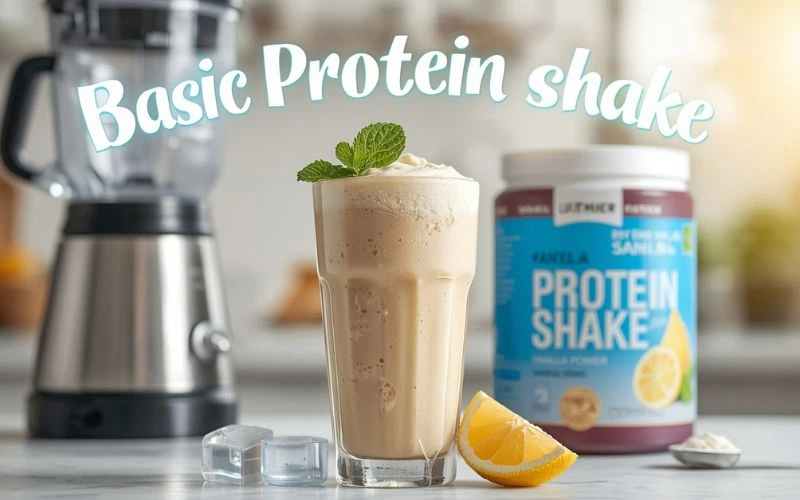
A simple yet effective protein shake recipe includes:
- 1 scoop of whey protein powder: Approximately 25-30 grams of protein, providing the essential amino acids needed for muscle repair and growth.
- 1 cup of whole milk or almond milk: Whole milk adds around 150 calories and 8 grams of protein, while almond milk contributes about 30-50 calories and 1-2 grams of protein, depending on the brand and whether it’s sweetened.
- 1 banana: Adds about 100 calories and provides natural sugars for energy, along with potassium which aids in muscle function.
- 2 tablespoons of peanut butter: Each tablespoon adds about 90 calories, totaling 180 calories, and contributes healthy fats and about 8 grams of protein.
- 1 tablespoon of honey: Adds approximately 64 calories and acts as a natural sweetener, providing quick energy.
- Ice cubes (optional): Used to achieve the desired consistency and temperature.
Process:
Blend all the ingredients until smooth and creamy. This shake provides a balanced mix of protein, carbs, and fats, making it an ideal post-workout or meal replacement option. The combination of protein and carbohydrates aids in muscle recovery and replenishes glycogen stores, while the healthy fats from peanut butter support hormone production and overall caloric intake.
Advanced Protein Shake Recipes
For those looking to diversify their protein shakes, here are a few advanced recipes:
Chocolate Avocado Shake:
- 1 scoop chocolate protein powder: Adds around 25-30 grams of protein.
- 1 avocado: Provides about 240 calories, 3 grams of protein, and 22 grams of healthy fats.
- 1 cup almond milk: Contributes 30-50 calories and 1-2 grams of protein.
- 1 tablespoon cocoa powder: Adds a rich chocolate flavor with minimal calories.
- 1 tablespoon maple syrup: Adds about 52 calories and serves as a natural sweetener.
- Ice cubes: To blend.
Process:
Blend all ingredients until smooth. This shake is creamy and rich, offering a substantial caloric boost along with a healthy dose of monounsaturated fats from the avocado, which are beneficial for heart health and provide long-lasting energy.
Berry Oat Shake:
- 1 scoop vanilla protein powder: Adds around 25-30 grams of protein.
- 1 cup mixed berries: Adds approximately 70 calories and is rich in antioxidants, vitamins, and fiber.
- 1/2 cup rolled oats: Adds about 150 calories and 5 grams of protein, providing complex carbohydrates for sustained energy.
- 1 cup Greek yogurt: Adds around 100 calories and 10 grams of protein, along with probiotics for gut health.
- 1 tablespoon chia seeds: Adds about 60 calories, 2 grams of protein, and 4 grams of fiber.
- Water to blend: Adjust to desired consistency.
Process:
Blend all ingredients until smooth. This shake is packed with antioxidants and fiber, supporting digestive health and providing a steady release of energy. The Greek yogurt adds a creamy texture and boosts the protein content, making it a perfect option for a nutritious breakfast or a post-workout snack.
Tropical Delight:
- 1 scoop coconut protein powder: Adds around 25-30 grams of protein.
- 1 cup pineapple chunks: Adds approximately 80 calories and provides vitamin C and bromelain, which aids in digestion.
- 1/2 mango: Adds around 60 calories and a range of vitamins and minerals.
- 1 cup coconut water: Adds about 45 calories and electrolytes, which help in hydration.
- 1 tablespoon flax seeds: Adds about 37 calories and is rich in omega-3 fatty acids.
- Ice cubes: To blend.
Process:
Blend all ingredients until smooth. This shake offers a refreshing, tropical flavor and is rich in electrolytes and vitamins. The combination of coconut water and flaxseeds enhances hydration and provides essential fatty acids, making it an excellent choice for recovery after a sweaty workout or as a revitalizing afternoon pick-me-up.
Tips for Maximizing Weight Gain with Protein Shakes
To maximize weight gain with protein shakes, consume them consistently, ideally around your workout sessions to capitalize on the anabolic window. Additionally, ensure that your overall diet supports your weight gain goals by including ample calories from whole foods. Combining protein shakes with a well-structured strength training program will further enhance muscle growth. Hydration is also crucial, so drink plenty of water throughout the day.
Here are additional points to consider:
- Timing: Aim to consume protein shakes within 30 minutes after your workout to optimize nutrient uptake and muscle recovery.
- Meal Planning: Integrate protein shakes into your daily meal plan, ensuring they complement your solid meals rather than replace them entirely.
- Caloric Surplus: Track your caloric intake to ensure you are consistently in a surplus, which is essential for weight gain.
- Monitor Progress: Regularly track your progress through measurements and adjust your protein shake intake as needed to meet your weight gain targets.
- Supplement Wisely: Consider adding other supplements like creatine or BCAAs to your protein shakes if they align with your fitness goals and dietary needs.
- Rest and Recovery: Ensure you get adequate rest and recovery to allow your body to build muscle effectively in response to your increased protein intake and exercise regimen.
Best Times to Consume Protein Shakes for Weight Gain
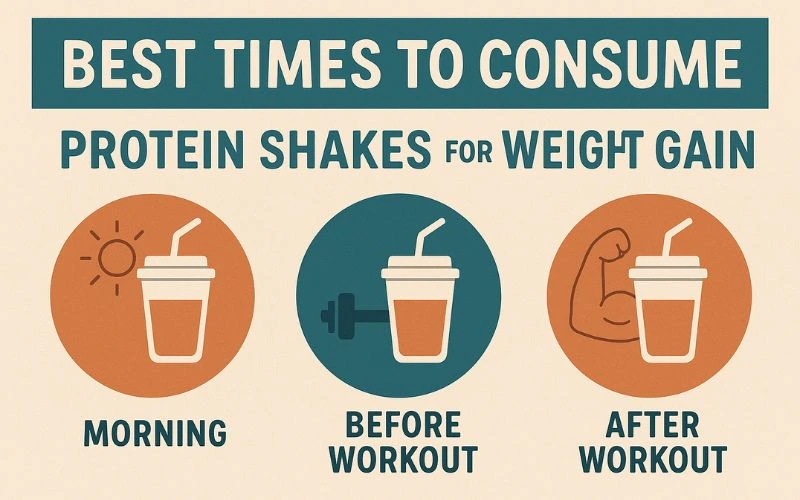
Post-Workout
Drinking a whey protein milkshake within 30 minutes after resistance training helps maximize muscle protein synthesis. This window, often called the “anabolic window,” is critical for lean mass development.
Between Meals
Use shakes as calorie-dense snacks between main meals. This strategy supports a consistent caloric surplus, which is essential for healthy weight gain.
Before Bed
Opt for casein-based or mixed-protein shakes at night for a slow release of amino acids, which supports overnight muscle repair and prevents catabolism during sleep.
Customizing Your Protein Shakes
Flavor Variations
To avoid flavor fatigue and keep things interesting, consider:
- Fruits: Bananas, strawberries, mangoes, blueberries
- Spices & Flavorings: Cinnamon, vanilla extract, cocoa powder
- Liquids: Swap water with almond milk, oat milk, or full-cream dairy for added taste and calories
Dietary Adjustments
Tailor your shake based on personal dietary needs:
- Lactose-Free: Use plant-based protein and non-dairy milk
- Vegan: Choose pea, soy, or rice protein
- Gluten-Free: Opt for gluten-free oats and ensure your protein is certified
Texture and Consistency
For a creamier shake:
- Add Greek yogurt, nut butter, or avocado
- Use less liquid for a thicker shake, or more for a lighter consistency
- Include ice cubes or frozen fruits for a chilled, smoothie-like texture
Incorporating Protein Shakes into a Balanced Diet
While protein shakes are efficient, they shouldn’t replace meals. Combine them with whole food meals that include lean proteins, whole grains, fruits, and vegetables to ensure a well-rounded nutrient intake.
Meal Planning
- Use shakes strategically (e.g., breakfast shake + three whole food meals + snack shake)
- Log your meals to track caloric and macronutrient balance
Monitoring Progress
- Track weight weekly and adjust shake volume or ingredients if needed
- Use tools like MyFitnessPal or Cronometer to monitor protein intake and total daily calories
Common Mistakes to Avoid
One common mistake is relying solely on protein shakes while neglecting whole foods. Shakes should supplement your diet, not replace entire meals.
Another error is choosing low-quality protein powders with fillers and artificial additives, which can hamper your progress.
Overconsumption of protein without balancing other macronutrients can lead to imbalanced nutrition. It’s also important not to overlook portion sizes; even healthy ingredients can contribute to excessive calorie intake if not measured correctly.
Conclusion
Incorporating protein shakes into your diet can be a highly effective strategy for weight gain when done correctly. By choosing the right ingredients, adhering to a consistent routine, and avoiding common pitfalls, you can make significant strides towards your weight gain goals. Whether you prefer a basic shake or an advanced recipe, the key is to enjoy the process and stay committed to your nutritional and fitness journey.
